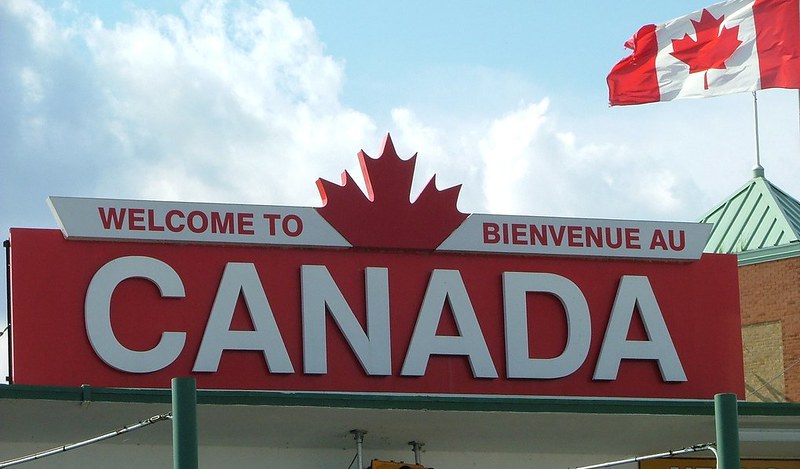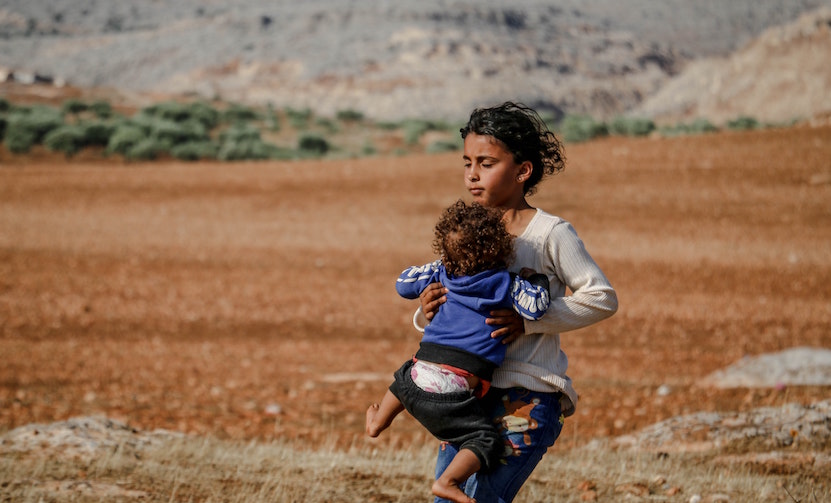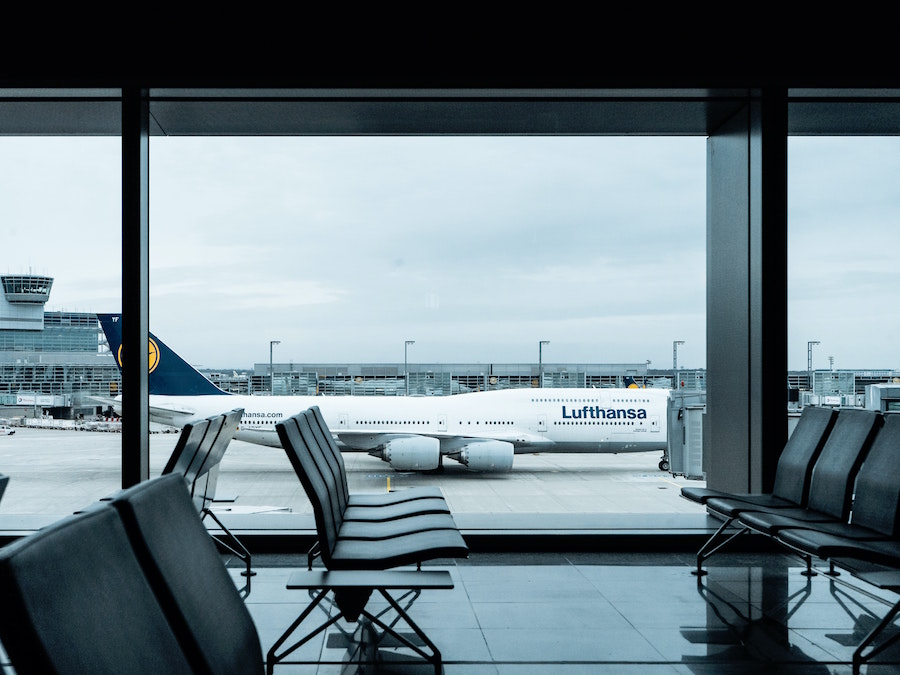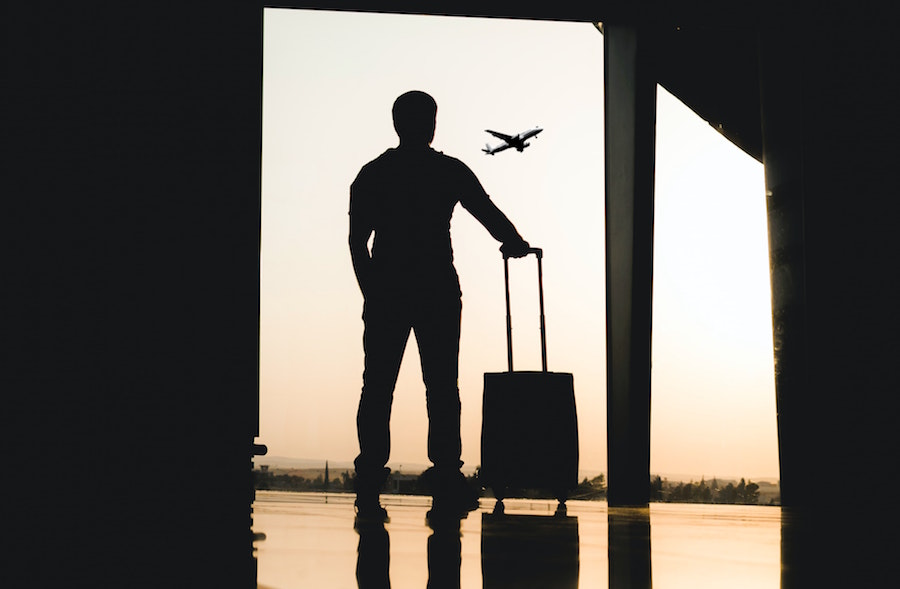Increase in CBSA Misconduct Investigations Calls for CBSA Independent Oversight
More Investigations Occurring Despite Decrease in Travel to Canada
Reports are showing that despite a decreased number of people entering Canada due to the COVID-19 pandemic, the number of misconduct investigations against border officers have increased significantly in the past year. These reports are just the latest in a long-standing issue at the Canadian Border Services Agency: the misconduct of its officers.
The Canadian Border Services Agency (CBSA) is the sole public safety agency in Canada that does not have independent oversight, which allows the already powerful CBSA to handle its investigations in whichever way they choose, often letting down the vulnerable individuals bringing forward the claims of misconduct. CBSA officers carry weapons such as firearms, have the ability to arrest and detain individuals, and can even begin deportation procedures against individuals they deem inadmissible to the country. The lack of independent oversight creates an environment that leads to corruption and abuses of power that not only hurts the individuals trying to access our country, but the integrity of our border services themselves.
It is not to say that public safety agencies with independent oversight are immune to cases of misconduct, and that these independent agencies themselves do not often play a part in the protection of officers. However, without an independent agency there is not even a semblance of accountability or transparency at the CBSA, as there is no external organization to ensure claims are being handled properly and officers are being held accountable for their actions.
The importance for oversight becomes even more clear when considering the extreme amount of power that the CBSA has in the minds of many who are mistreated. Janet Dench, the executive director for the Canadian Council for Refugees, identified a major concern being that those dealing with CBSA officers often do not have permanent residence or citizenship to Canada, and fear that reporting officers will risk their chances at being permitted to stay in the country. As well, she identified that many incidents may not even be reported and if the CBSA severely mistreats someone and then removes them from the country, they will not have an ability to file a report of misconduct.
Legislation to provide independent oversight to the CBSA has been brought forward in the House of Commons twice in the past two years, and despite bipartisan support it has failed to be implemented. There are no excuses for such an important issue to continue to slip through the cracks. The most recent bill to introduce CBSA oversight through an extension of the independent oversight of the RCMP expired with the end of the most recent parliamentary session, and has yet to be reintroduced. Parliament has the resources, the support, and even the plan to introduce independent oversight to the CBSA, all that is left is to actually do it.
The individual stories reported about the misconduct of CBSA officers are haunting, and they are sadly only the few stories that are shared with the public. As of now we have no real way to know what is being reported, how these reports are being investigated, and how the conclusions of an investigation relate to the consequences an officer faces. Independent oversight of these cases of misconduct would provide structure, certainty, and accountability so that those entering our country know that if they are not being treated fairly and with respect, they have someone to turn to.
While Parliament continues to arbitrarily sit on this issue, the number of misconduct cases at the CBSA continues to rise at the expense of people who are powerless to do anything about it. At the time where we are beginning to reopen as a country and are beginning to welcome people to our country once again, there is no better time for Parliament to implement this legislature than the present.
Photo Credit: Prachatai, https://www.flickr.com/photos/prachatai/36337897212
Low Immigration Numbers Put Canada’s 2021 Goal in Jeopardy
Unclear if Canada Will Bring in 401,000 Immigrants This Year, Data Suggests
Canada had previously committed to bringing 401,000 immigrants into Canada this year. However, immigration numbers from the first third of 2021 show that the goal might be out of reach.
Immigration, Refugees and Citizenship Canada (IRCC) publishes data pertaining to immigration each month – data from April 2021 was published most recently. Canada’s plans to bring in 401,000 immigrants this year are part of the 2021-2023 Immigration Levels Plan. The plan was announced in October 2020, and announces that the country is committed to reaching the same goal each year for the next three years.
Here’s how many immigrants the country has accepted each month (approximately):
- 24,680 in January 2021
- 23,395 in February 2021
- 22,425 in March 2021
- 21,105 in April 2021
Notably, the numbers have decreased by about 1,000 immigrants each month. Additionally, the numbers do not coordinate with Canada’s goal for the year. To bring in 401,000 immigrants by the end of 2021, Canada would have to accept an average of more than 33,000 immigrants per month – and Canada has fallen short every month.
More Information About Immigration During and After COVID-19
The goals stated in the Immigration Levels Plan reflect the highest that Canada has ever set. This can be attributed to economic recovery following the COVID-19 pandemic.
Canada had aimed to bring in 341,000 immigrants into the country in 2020. These plans were disrupted by the COVID-19 pandemic and the travel restrictions that it inspired. Ultimately, only 184,000 entered the country in 2020 – just over half of what the goal encouraged.
Here’s How Canada Could Still Meet Its Goal for 2021
Despite immigration numbers slowly declining between January and April, Canada could still meet its goal of accepting 401,000 immigrants.
The shift towards summer and fall suggests one reason. These months usually see an increase in immigration numbers, especially due to the beginning of the academic year approaching.
Also, recovery from the COVID-19 pandemic, including vaccine rollout, may lead to an increase in immigration.
Prime Minister Justin Trudeau has said that fully vaccinated travellers will soon be able to cross the border over a phased approach.
Also, IRCC has plenty of programs that may lead to an increased count of immigrants. Notably, this includes Express Entry and the Provincial Nominee Program.
As more data comes out, we will have a closer understanding of whether Canada can realistically meet its goal of bringing in 401,000 immigrants by the end of the year.
Canada Prepared to Accept Central American Refugees From U.S.-Mexico Border
Mendicino Says Canada May Step In To Help U.S. With Border Crisis
As the U.S. experiences a massive influx of migrants attempting to enter the country through the Mexican border, Canada is prepared to step in and take in some of these asylum seekers for resettlement. This was revealed in statements made by Immigration Minister Marco Mendicino during a recent interview.
"I certainly think that we have the capacity within our existing levels plan to accommodate more refugees," Mendicino told Reuters.
Mendicino did not say how many refugees Canada would accept.
Mendicino's comments were made after a phone call with U.S. Secretary of Homeland Security Alejandro Mayorkas. One of the main points of discussion was Central American migration.
While the U.S-Mexico border has long been a destination for Central American refugees seeking a better life by entering the United States, the number of migrants attempting to cross the border has significantly surged in recent months. In fact, according to Reuters, the number of Central American asylum seekers taken into custody by border officials is the highest it's been in 20 years.
U.S. Vice President Kamala Harris was in Mexico and Guatemala this week to explore potential solutions.
While Mendicino stated that Canada would be willing and able to step in and help the U.S. with refugee resettlement, his spokesperson clarified that would be unlikely. They reasoned that Canada typically only resettles refugees referred by the United Nations High Commissioner for Refugees.
During their call, Mendicino and Mayorkas also discussed "the road map to a renewed Canada-U.S. relationship," and how to manage their shared border and similar immigration goals.
This could include expanding the Safe Third Country Agreement (SCTA).The STCA is an agreement between the U.S. and Canada that designates both countries as "safe countries" for refugees. Under the agreement, asylum seekers must file a refugee claim in the first "safe country" they enter. For instance, if they enter Canada through the U.S. to file a refugee claim, they will not be accepted and must return to the U.S. to file their claim there. However, there are some exemptions to the agreement.
"There was certainly a very strong sense between our two countries that this is a very valuable instrument, it is a very valuable agreement, because it does create the opportunity for additional cooperation," said Mendicino.
It will be interesting to see what kinds of changes to the agreement will be implemented.
Ban On Flights From India And Pakistan Extended To June 21
Canada Has Extended Its Flight Ban Following Concerns Of Covid-19 Variant
Following concerns of the B.1.617 variant of COVID-19, Canada has extended its flight ban from India and Pakistan.
Both countries are believed to have high numbers of the ‘double-mutant’ variant, which the World Health Organization called a “variant of concern” on May 10.
The Canadian government first implemented a 30-day flight ban for India and Pakistan in April. The ban was scheduled to expire on May 22, but the federal government announced it would extend the ban until at least July 21.
There are some exceptions to this ban: cargo flights can enter from both countries to maintain the supply of items like vaccines and personal protective equipment.
Passengers may still travel to Canada from these countries as long as they enter directly from a third country. However, , passengers must first obtain a negative COVID-19 test .
According to Transport Minister Omar Alghabra, the ban was put in place “based on public health advice to reduce the importation risk of COVID-19 and its variants.”
He added that “we've seen a significant reduction in the number of positive cases of COVID-19 arriving from international flights since this restriction was put in place.”
Dr. Howard Njoo, who is Canada’s deputy chief public health officer, also spoke of the decision. He said that roughly 70 percent of new COVID-19 cases are variants of concern.
“It’s another layer of protection,” said Njoo. “It's important to have these measures in place, and we recognize that although importation of variants is a small part of what's happening with respect to the situation in Canada, anything we can do in terms of that added layer is important at this time.”
You can learn more about COVID-19 and its variants here.
Federal Government in Talks to Reopen Canada-U.S. Border
Lifting of Travel Restrictions Will be Gradual, Not Immediate
After over a year of restricted travel between Canada and the United States, Canadian Prime Minister Justin Trudeau is looking at potentially reopening the world's longest international border.
According to Bloomberg, the federal government is only in early discussions, so the border will likely not be reopening right away.
In fact, the travel restrictions that have been in place since March 2020 are expected to be extended into June again later this week. However, Canada will continue to allow international flights to arrive through airports in Toronto, Montreal, Vancouver, and Calgary.
According to the Canada Border Services Agency, between March 21, 2020 and April 20, 2021, Canada turned back 387 asylum-seekers attempting to cross between ports of entry. Reuters found that at least one asylum-seeker turned away at the Canadian border was deported once in the United States. Other asylum seekers were held in detention centres.
On May 4, 2021, the Canadian Association of Refugee Lawyers filed a legal challenge of the Federal Government of Canada’s Canada-U.S. border restrictions. This legal challenge addresses the serious harm which refugee claimants who are turned away at the Canadian border have faced.
When Canada is ready to re-open the border, one approach being considered is to allow vaccinated people to travel between Canada and the U.S. without having to take a COVID-19 testing or quarantine for 14 days.
This lines up with Health Minister Patty Hajdu's recent statements that Canada was considering implementing a “vaccine passport” policy that would allow vaccinated people to travel.
However, it's also important to note that Trudeau has suggested that 75% of Canadians would need to be fully vaccinated before the border would reopen. As of this week, only 53% of Canadians have received one dose of a COVID-19 vaccine. It's currently estimated that the majority of Canadians will not be fully vaccinated until at least September.
Once an official approach is confirmed, the reopening of the border will be gradual, and dependent on how many active COVID-19 cases there are in both countries.
The Canadian government has not yet confirmed that discussions regarding the lifting of travel restrictions have taken place.
“We brought forward significant restrictions at our borders over a year ago to limit the spread of Covid-19 in Canada,” said James Cudmore, director of communications for Public Safety Minister Bill Blair, in a statement. “Every month, the federal government consults with public health officials to understand which modifications are required to the existing measures at our borders to keep our communities safe from Covid-19.”
“Minister Blair is in regular contact with his American counterparts about issues relating to our shared border. Until the conditions on both sides of the border change very substantively, the measures at our borders will remain intact,” he added.





